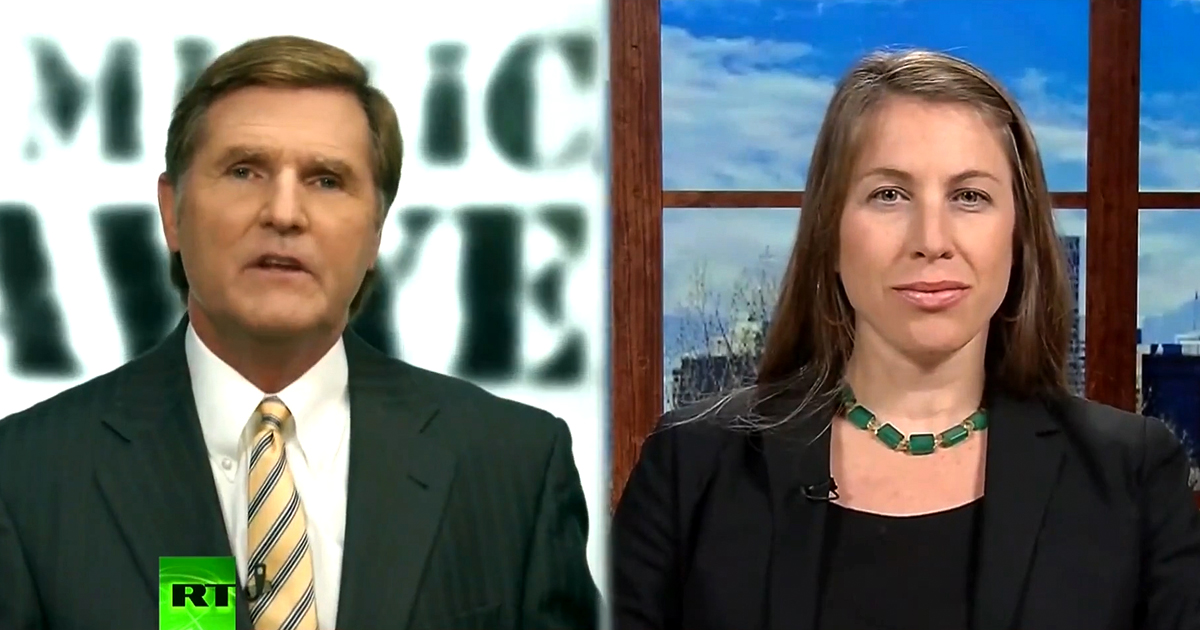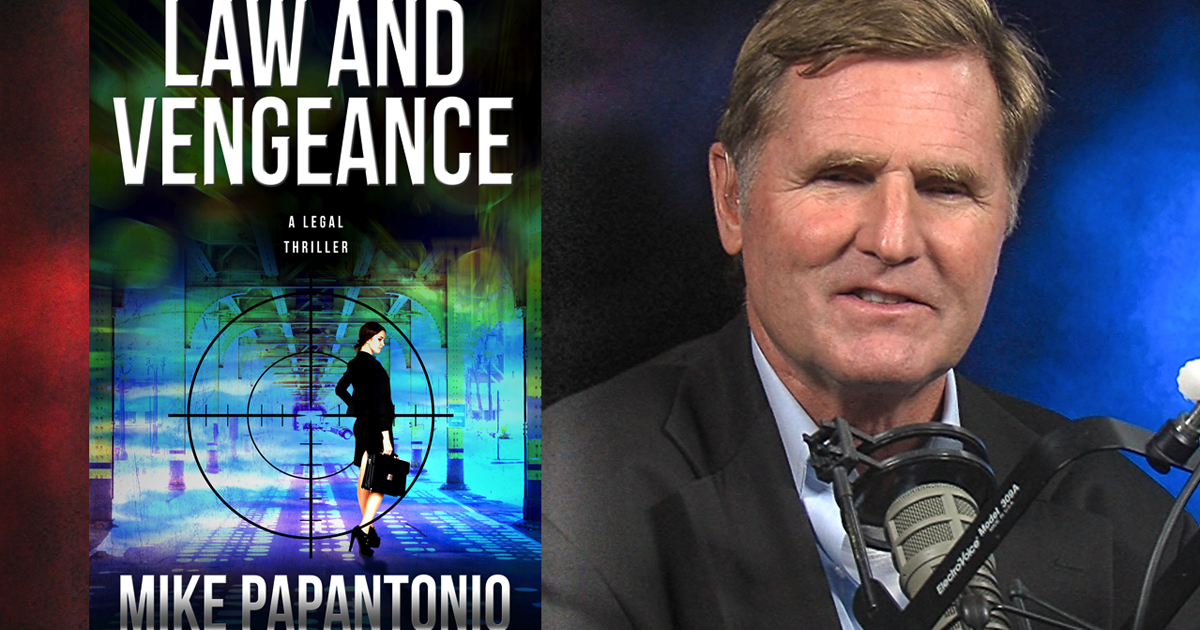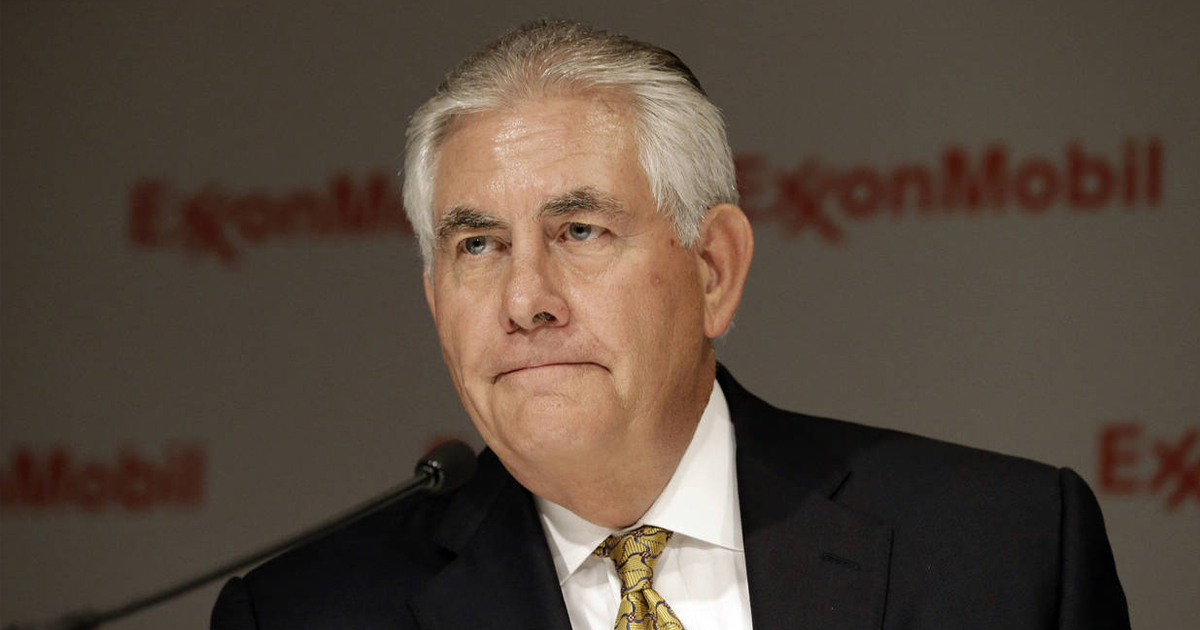Stories about big banks deceiving their customers have become so commonplace, they’re almost not newsworthy more. However, some examples are particularly egregious, particularly when the bank in question keeps breaking the law over and over again.
Case in point: San Francsico-based Wells Fargo, which only last fall paid a relatively paltry fine of $185 million (consider that Wells-Fargo’s assets total well over $1.8 trillion) for opening fraudulent credit card accounts for some 2 million customers without their consent without their knowledge. This week, four ex-employees from Southern California reported that Wells Fargo was engaged in yet another scheme to defraud its customers: improperly charging them for extending promised interest rates when mortgage paperwork wound up being delayed.
According to these whistle blowers, those delays were caused by the bank itself. However, their bosses pressured them into laying blame on the customers, thus justifying the additional fees. One of the whistleblowers, a former loan officer named Frank Chavez, wrote a six page letter to the House Committee on Financial Services and the Senate Committee on banking in November, 2016.
In the letter, he stated:
“We are talking about millions of dollars, in just the Los Angeles area alone, which were wrongly paid by borrowers…the practice…is more complicated and less intuitive than the Fraudulent Account Opening Scandal of earlier this year…I believe the damage done to Wells-Fargo mortgage customers in this case is much, much more egregious.”
Chavez included several pages of documentation with his letter, detailing the methods by which Wells Fargo defrauded its customers. To date, he has received no response from either the House or Senate Committees. According to his three colleagues who also came forward, it was the bank’s regional executive, Tom Swanson, who came up with the scheme and ordered his underlings to carry it out.
Normally, when a bank customer applies for a mortgage, the entire process can take up to three months – during which time interest rates can rise. While the application is being processed, customers can “lock in” their initial interest rate. If they miss the deadline, they are given the option of extending their initial interest rate for a fee ranging from $1000 to $1500, depending on the amount of the loan.
Officially, Wells Fargo’s policy is to pay the fee when it is responsible for the delays. However, in this case, the bank forced its customers to pay the fees, even when the institution was at fault.
Why were the applications delayed, and how was Wells-Fargo at fault? According to the whistleblowers, it was a classic case of “false economy.” Like so many corporations (including the present White House Administration) that focus on maximizing profits at the expense of everything else, Wells Fargo was cutting costs. As a result, its mortgage loan departments were understaffed by low-paid workers who lacked experience.
There was more skulduggery involved, however. When the bank realized a loan was not going to be closed by the deadline, loan officers were instructed to flag flies for “missing” documents that had already been provided, or tell customers that “additional documentation” was required. Essentially, Wells-Fargo buried their borrowers in extra paperwork in order to make certain the deadline would pass – thus justifying those extra fees.
At the same time, regional executive Swanson let his employees know that his own bonuses were directly tied to those extension fees. One whistleblower said that, “During meetings, the branch was told extensions were costing the branch money.”
It wasn’t the first time Swanson has been caught with his pants down. In 2005, Wells-Fargo faced accusations of discriminatory lending – and Swanson turned out to be the mastermind behind it. That scandal cost the bank over $3.5 million. Yet for some reason, Swanson is still employed. L.A. Attorney Barry Cappello, who represented plaintiffs in that case, says,
“Swanson runs that place…he is the man. They do what he wants done. Despite the lawsuit and the millions they paid out, the guy is still there.”
And that is just one more item on an extensive list of crimes and misdemeanors committed by third largest bank in the U.S.
So, what happens now? Given what is happening in Washington D.C. these days, with an Administration that spits on people and embraces corporations, the feds are unlikely to do much. On the other hand, the State of California could take much stronger action, since most of the problem appears to have been confined to the L.A. area.
One thing is certain: this latest scandal is not going to help Wells Fargo’s sinking public image and reputation, which has been causing customers to desert the bank in droves. Earnings last year were down by over 9.5 percent from 2015, while the number of new checking accounts have fallen by 40 percent.
Unfortunately, between Wells Fargo’s massive assets and federal regulators who will at best administer a slap on the wrist, it is unlikely that the venerable institution will have learned its lesson – or ever will.




